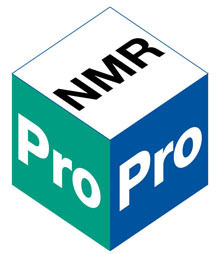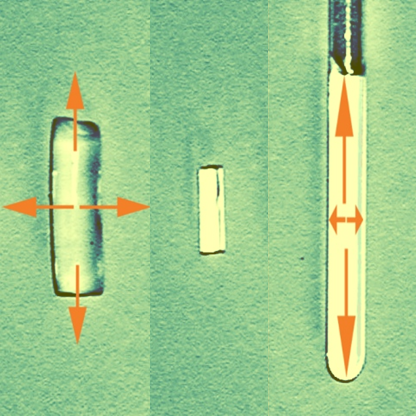
NMR structure analysis is the main technique used for the determination of configuration, conformation, and constitution of organic compounds. Classical procedures are based on the combined use of chemical shifts, spin-spin coupling constants, and nuclear Overhauser effects (NOEs).
link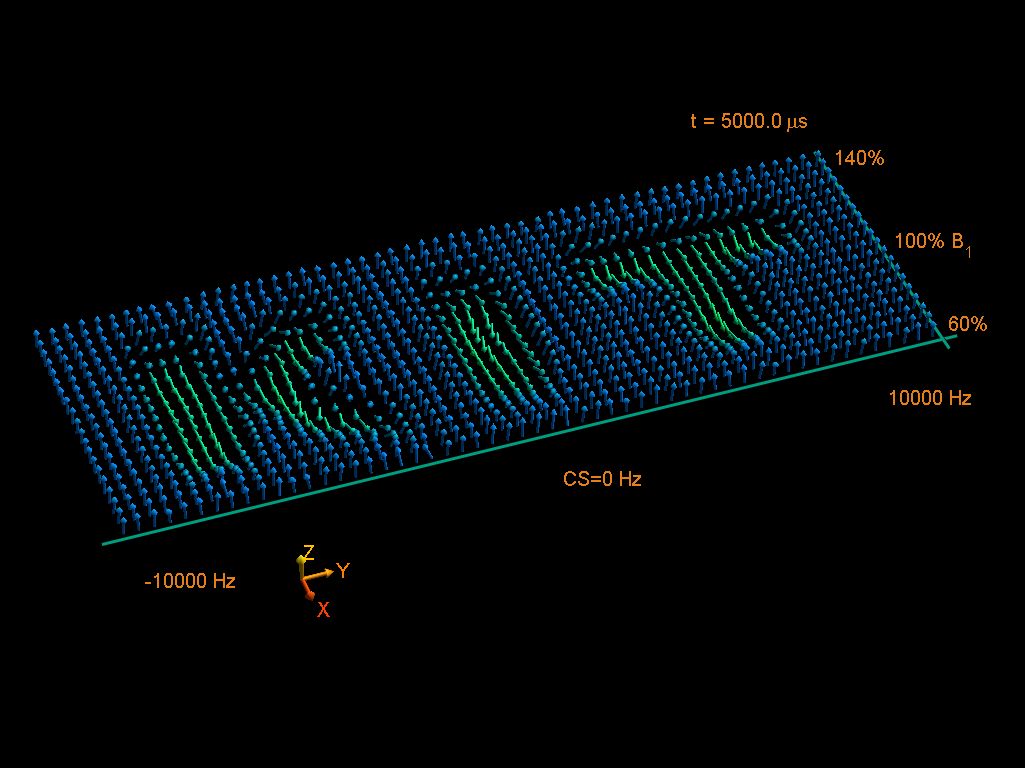
Optimal Control Theory and the GRAPE algorithm derived from is an efficient method to optimize pulse sequences consisting of hundreds or thousands of parameters.
link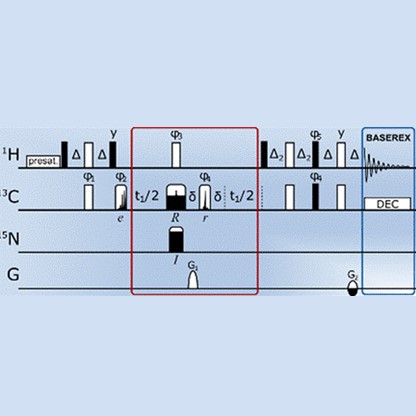
Development of novel and optimization of existing NMR pulse sequences which in general allow a faster and more accurate determination of NMR parameters which are obtained from the different kinds of spectra.
link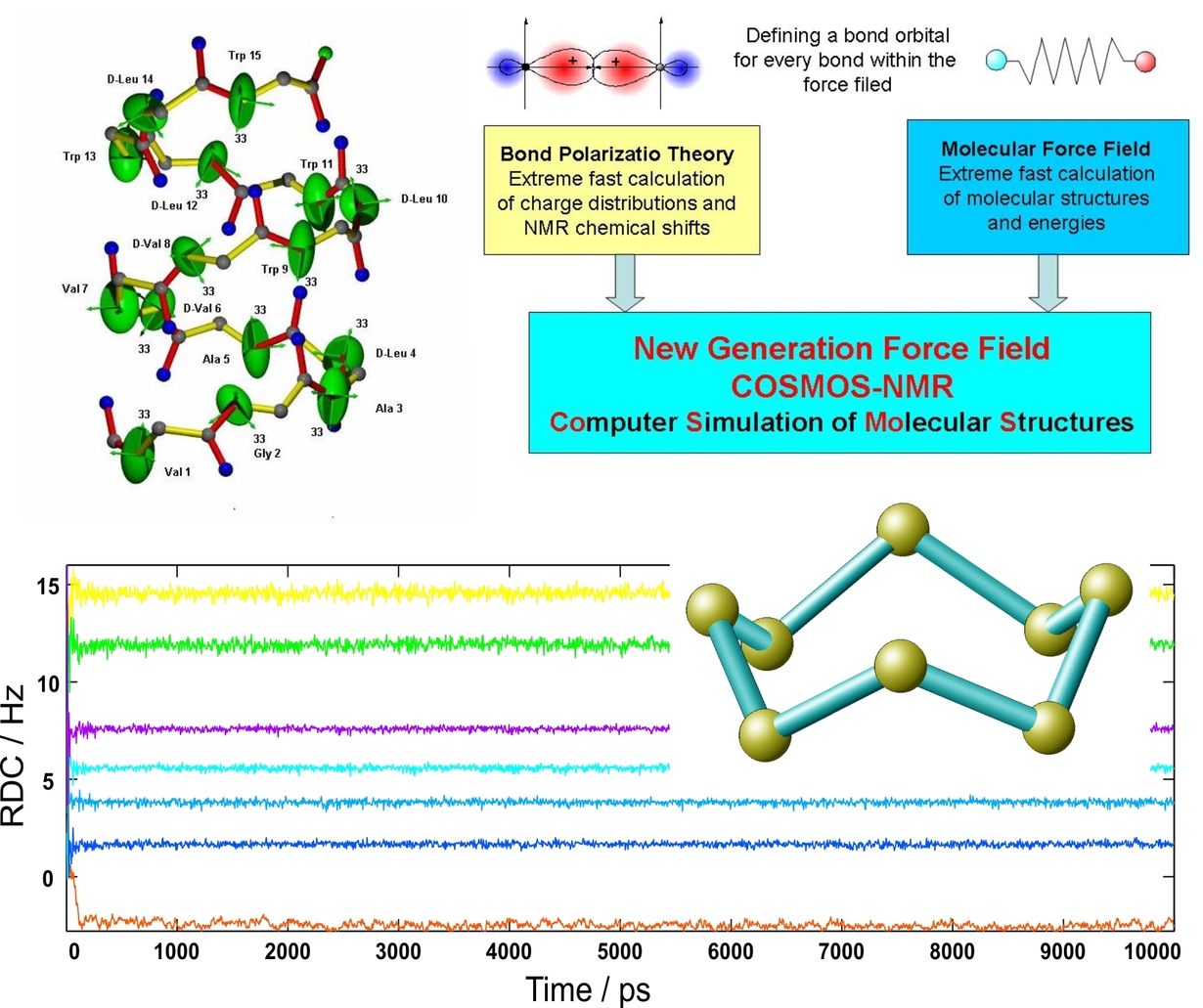
The measured experimental anisotropic parameters contain valuable structural information, which can be used in MD simulations of the organic molecules.
link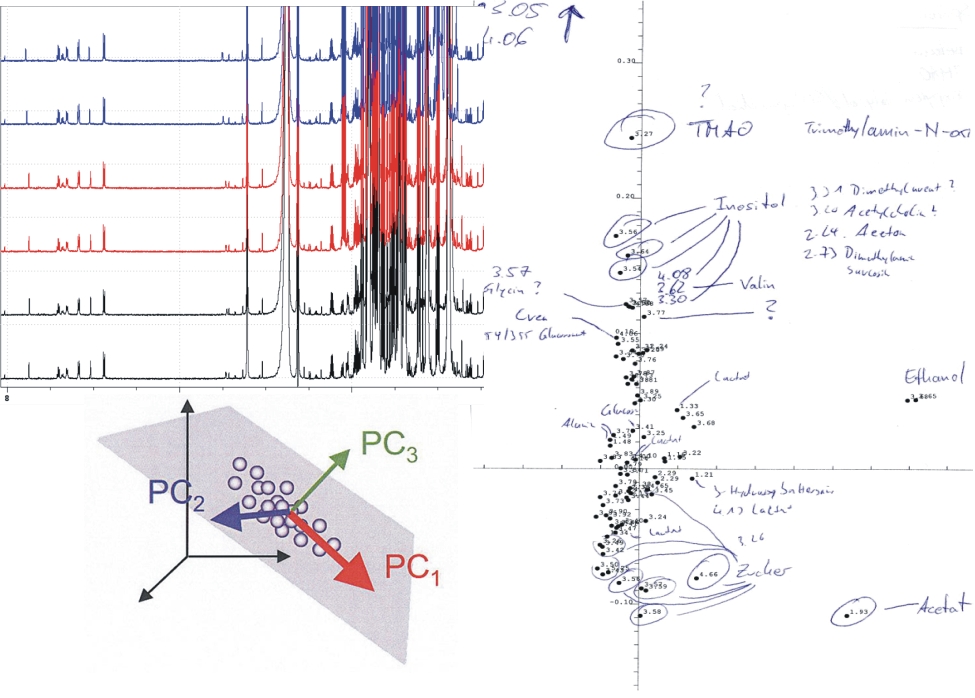
Metabolites are products of cellular biochemical processes that are found in organisms. The metabolome is regarded as a chemical fingerprint of the organism.
link
We study by NMR spectroscopy how protein function is related to structure e.g. how mutations affect the structural integrity of the protein.
link